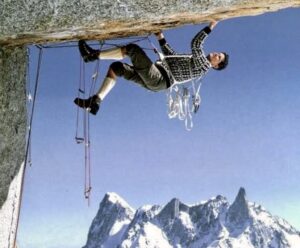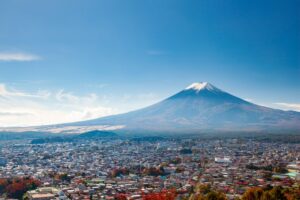In 2014, Jorg Verhoeven of Holland set out to free climb the Nose of El Capitan. It is the hardest line on the most famous wall in the Yosemite Valley, considered the birthplace of sport climbing. The Nose gets over 400 ascents a year, but less than one in 10 years is a free climb. In free climbing, climbers use ropes for protection but do not use any aid to haul themselves upward.
At 2,307 metres, El Capitan is the world’s largest granite monolith. In 1958, Warren Harding, George Whitmore and Wayne Merry were the first to successfully climb the Nose. Over 45 days, they hung ropes from various sections of the wall, retreated to the ground and climbed again to add more rope higher up. As both climbers and equipment has improved, these tactics are now considered passé, but in Harding’s day, they were a pioneering way to succeed on walls otherwise impossible for the standards of the time.
American Lynn Hill made the first free climb of the Nose in 1993. Since then, only three others had duplicated her legendary feat: Scott Burke, Tommy Caldwell and Beth Rodden. Showing the state to which climbing had evolved since Harding’s day, Caldwell free climbed the Nose in under 12 hours in 2005.

Jorg Verhoeven’s route. Photo: Jon Glassberg
To tackle the great wall’s two cruxes, the Great Roof and Changing Corners, Verhoeven practiced them over and over, like a painter rehearses for a major painting by doing studies of its main elements. Changing Corners, in particular, looked impossible at first: The 5.14a/b pitch was seemingly blank of any holds. But gradually, through practice and by consulting veterans like Lynn Hill, he worked out the cruxes’ subtle secrets. Building confidence was as important to him as the sequence of moves themselves.

Jorg Verhoeven spidering upwards. Photo: Jon Glassberg
It took Verhoeven three days, sleeping at night in portaledges on the wall. Finally, on June 11, 2014, he became the first non-American climber to free climb the Nose.






